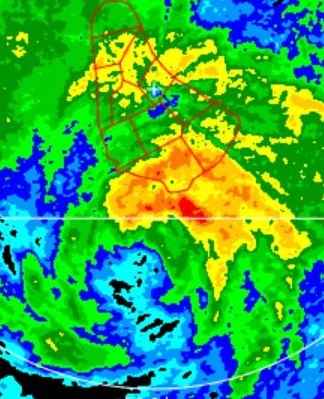Shell Mound wrote:Teban54 wrote:Shell Mound wrote:If there is still no sign of substantial activity come Dr. Gray’s “bell-ringing” date of 20 August, then I would expect much lower numbers and seasonal ACE.
There was pretty much no substantial activity on August 20 itself and before that date (aside from mostly TS and a few weak/OTS hurricanes) in 2017, 2018, 2019 and 2020, and we all know how those years turned out.
Most hyperactive seasons either had more activity earlier in August or featured a cluster of storms developing within a few days of 20 August (or both). The former:
.........
Year............
# TS 1–19 August- 1969............3
- 1886............2
- 1932............1
- 2003............1
- 2020............2
- 1887............2
- 1950............2
- 2017............3
- 2004............4
- 1995............2
- 1896............4
- 2005............2
- 1933............2
The latter:
- 1906: 22 August
- 2010: 21 August
- 1996: 19 August
- 1964: 20 August
- 1999: 18 August
- 1878: 19 August
- 1998: 19 August
- 1926: 20 August
1961 was an exception, in that it did not feature a single NS during August, yet ended up as a hyperactive season nonetheless. September 1961 was quite active.
I reiterate: if we do not see a NS on or before 20 August and/or there is no sign of a change by that date, then I would expect a much less active year than forecast.
1. We're not even past August 20 yet. The three waves currently active (especially 93L and 94L) have a chance to develop, and who knows how many more potential systems may be in that position before August 20.
Plus, just because waves might struggle before August 20 doesn't mean they will struggle afterwards. The reason why most of July and early August were so quiet was the perfect combination of suppressive CCKW and strong MJO, and the latter still has some impacts on the Atlantic. Models suggest they will change soon and the background state will be far more favorable in late August and at least early September.
2. I don't think we have a reliable way of telling whether there's a "sign of a change" at any date. Models are only tools and not crystal balls, and last year really showed how bad they can be at detecting genesis.
Also, recall that on August 19, 2019, there was pretty much nothing in the entire Atlantic and no model storms. Then Chantal formed out of nowhere on August 20, Dorian formed a few days later and the rest is history. If forecasting can be so hard one day out, I'm not sure how people can call a season a bust when we're still 12 days away from the
start of the typical climatological peak.
3. There are no
requirements such as "XX number of tropical storms and YY number of hurricanes must form between date A and date B" for a season to be hyperactive. Sometimes such indicators are indeed correlated with activity, but not meeting these criteria doesn't close the doors to an impressive and impactful season. Every season is unique and has its own favorable periods.
Remember last year before Gonzalo, when people were ready to call the hyperactive forecasts a bust unless an MDR storm forms in July? 2004 didn't even have Alex (which was not an MDR system) until July 31, yet that season is even more impressive ACE-wise than 2020. I don't know how "at least 1 TS must form between August 1 and August 22" is any different from that.














